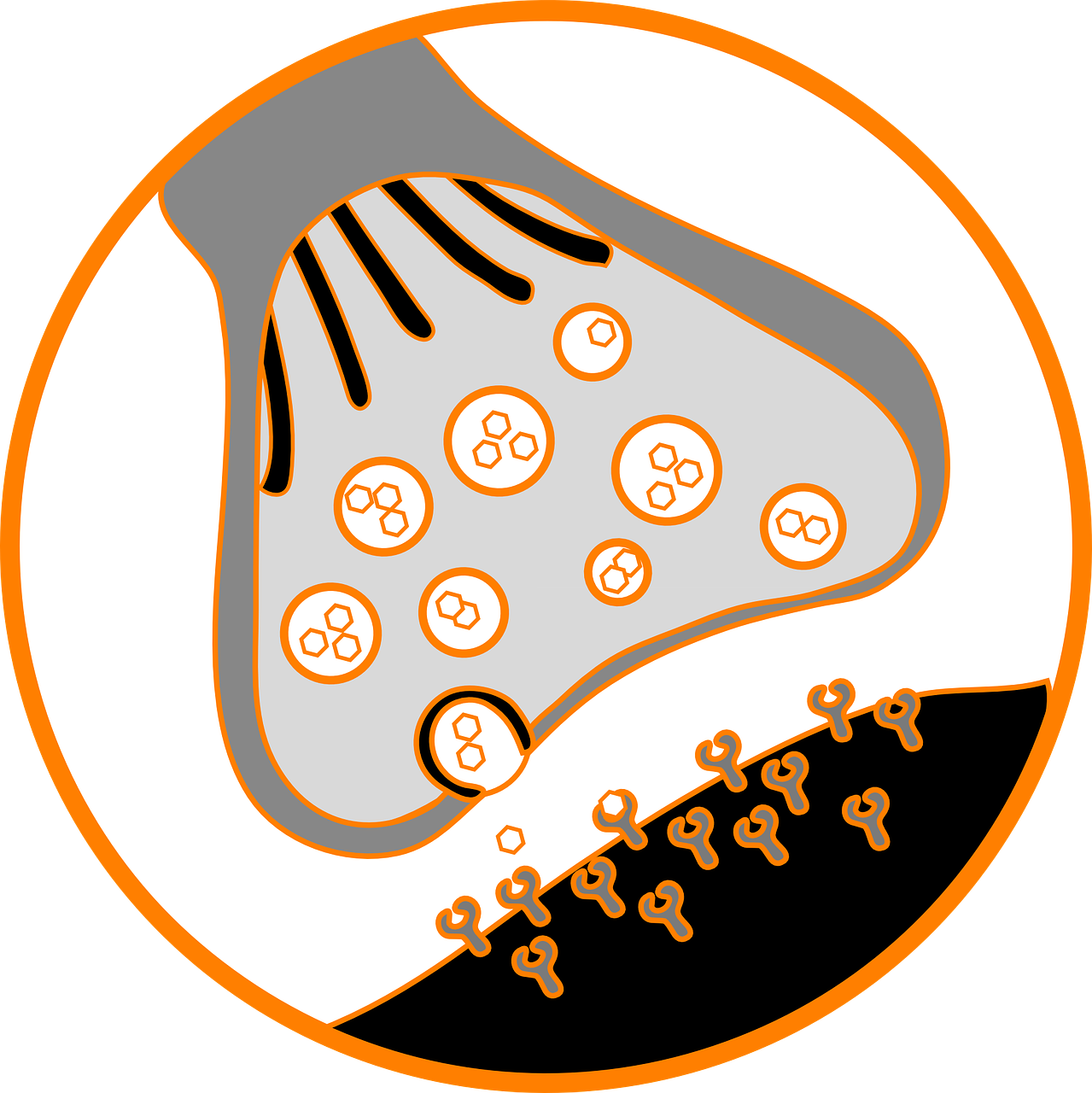Magnesium is one of the most important elements in our body along with sodium, potassium and calcium. It is a cofactor, or else “a helper”, in more than 300 enzyme systems! It facilitates biochemical reactions that occur every instant in our cells for the production of energy, DNA and protein synthesis. Our nervous, endocrine and cardiovascular systems as well as our muscles and bones can not exist without it. Our muscles cannot contract without it.
About 50-60% of our body’s magnesium stores are in our bones. The magnesium levels in our body depend on our dietary intake, it’s absorption in the intestine, the regulation of its excretion by the kidneys and factors influencing these processes. In cases of severe deficit, the Mg in our bones is mobilized. Recent evidence has pointed out its important role in the regulation of blood pressure and mood such as depression and anxiety.
Some examples of how magnesium deficiency can occur are:
- through poor dietary intake
- gastrointestinal disease
- renal disease
- insulin resistance or type 2 diabetes
- Alcoholism
- stress
- intake of certain medications
How much do we need per day?
The recommended dietary allowance (RDA) for magnesium, developed by the Food and Nutrition Board (FNB) at the Institute of Medicine is:
- 310-360mg per day for adult women and 400-420mg for adult men
- 80mg for toddlers 1-3 years
- 130mg children 4-8 years
- 240mg for pre-adolescents/adolescents 9-13 years
- 360 for adolescent girls 14-18 and 410 for adolescent boys of the same age
- The most common method to check your Mg levels is by a regular blood test.
“Let food be thy medicine and thy medicine be thy food” as Hippocrates said.
Good food sources. Is banana at the top of the list?
One wouId need to eat 10 to 12 bananas a day to reach the recommended intake! If you want to increase your Mg intake focus on including more of the following foods, as part of a healthy, balanced diet
- dark green vegetables eg spinach
- seeds such as pumpkin, squash seeds and sesame seeds
- nuts such as almonds, peanuts and brazil nuts
- wholegrains such as buckwheat, oat bran, quinoa and cooked spelt, some cereals are also fortified with magnesium so it is advised to check the label
- legumes such as white, yellow, lima and navy beans
- dry cocoa powder and dark chocolate
I have made a list of the top magnesium rich foods in order to help you choose the ones you like and, you and your family, could include in your daily diet.
| Food (serving size) | Mg content (mg/serving ) |
| Pumpkin and squash seeds (1oz) | 178 |
| Spinach boiled (1 cup) | 157 |
| Beans (white, lima, yellow, navy 1 cup cooked) | 130 |
| Quinoa (1 cup cooked) | 118 |
| Buckwheat (50gr dry) | 115 |
| Wholewheat fortified cereal (1cup) | 115 |
| Brazil nuts (1 oz) | 113 |
| Sesame seeds (1 oz) | 104 |
| almonds | 82 |
| Cocoa dry | 75 |
| Oat bran raw | 70 |
| Dark chocolate (1 oz) | 64 |
| Tofu fried | 60 |
| Molasses (1 Tbs) | 48 |
| Βanana | 32 |
| Raw spinach | 24 |
Enjoy healthy eating and the magic of Mg rich foods!
References
- Serefko A, Szopa A, Poleszak E. Magnesium and depression. Magnes Res. 2016 Mar 1;29(3):112-119.
- Wilhelm Jahnen-Dechent Markus Ketteler. Magnesium basics. Clinical Kidney Journal, Volume 5, Issue Suppl_1, February 2012, Pages i3–i14
- Jeroen H. F. de Baaij, Joost G. J. Hoenderop, and René J. M. Bindels. Regulation of magnesium balance: lessons learned from human genetic disease. Clin Kidney J. 2012 Feb; 5(Suppl 1): i15–i24.





